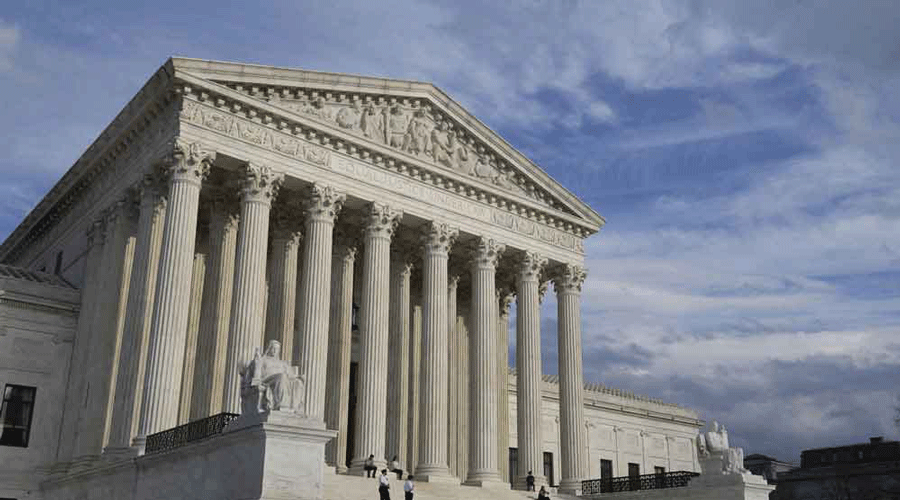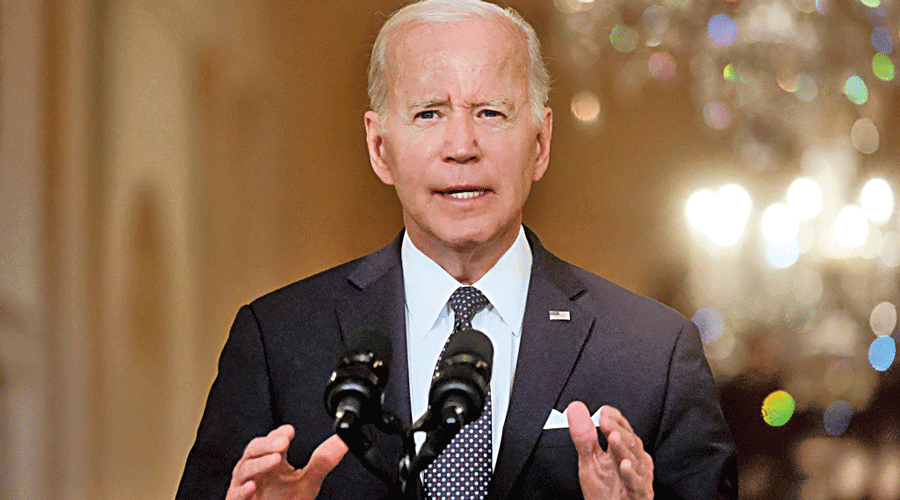The US Supreme Court on Friday overruled Roe v Wade, eliminating the constitutional right to abortion after almost 50 years in a decision that will transform American life, reshape the nation’s politics and lead to all but total bans on the procedure in about half of the states.
The ruling will test the legitimacy of the court and vindicate a decades-long Republican project of installing conservative justices prepared to reject the precedent, which had been repeatedly reaffirmed by earlier courts. It will also be one of the signal legacies of President Donald J. Trump, who vowed to name justices who would overrule Roe. All three of his appointees were in the majority in the 6-to-3 ruling.
The decision, which echoed a leaked draft opinion published by Politico in early May, will result in a starkly divided country in which abortion is severely restricted or forbidden in many red states but remains freely available in most blue ones.
Chief Justice John G. Roberts Jr voted with the majority but said he would have taken “a more measured course”, stopping short of overruling Roe outright. The court’s three liberal members dissented.
The case, Dobbs v Jackson Women’s Health Organisation, No. 19-1392, concerned a law enacted in 2018 by the Republican-dominated Mississippi legislature that banned abortions if “the probable gestational age of the unborn human” was determined to be more than 15 weeks. The statute, a calculated challenge to Roe, included narrow exceptions for medical emergencies or “a severe foetal abnormality”.
Mississippi’s sole abortion clinic sued, saying the law ran afoul of Roe and Planned Parenthood v Casey, the 1992 decision that affirmed Roe’s core holding.
Lower courts ruled for the clinic, saying the law was plainly unconstitutional under Roe, which prohibited states from banning abortions before foetal viability — the point at which foetuses can sustain life outside the womb, currently about 23 weeks.
Judge Carlton W. Reeves of the Federal District Court in Jackson, Mississippi, blocked the law in 2018, saying the legal issue was straightforward and questioning the state lawmakers’ motives.
“The state chose to pass a law it knew was unconstitutional to endorse a decades-long campaign, fuelled by national interest groups, to ask the Supreme Court to overturn Roe v Wade,” Judge Reeves wrote. “This court follows the commands of the Supreme Court and the dictates of the United States Constitution, rather than the disingenuous calculations of the Mississippi legislature.
“With the recent changes in the membership of the Supreme Court, it may be that the state believes divine providence covered the Capitol when it passed this legislation. Time will tell. If overturning Roe is the state’s desired result, the state will have to seek that relief from a higher court. For now, the United States Supreme Court has spoken.”
A three-judge panel of the US Court of Appeals for the Fifth Circuit, in New Orleans, affirmed Judge Reeves’s ruling. “In an unbroken line dating to Roe v Wade, the Supreme Court’s abortion cases have established (and affirmed, and reaffirmed) a woman’s right to choose an abortion before viability,” Judge Patrick E. Higginbotham wrote for the majority.
In ruling for the state, the Supreme Court did more than merely sustain the Mississippi law, leaving questions about stricter limits for another day. Instead, it overruled Roe outright.
New York Times News Service













